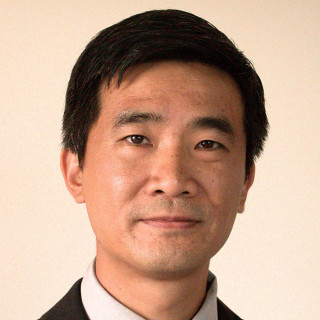The prevalence of pituitary adenoma is 14.4% in autopsy studies and 22.5% in radiologic studies. With the widespread use of radiographic techniques, including head CT and MRI, to evaluate neurologic or nonneurologic symptoms or clinical manifestations, more and more pituitary incidentalomas are identified. How to monitor pituitary adenomas remains controversial.
On March 23, 2021, Dr. Luma Ghalib, the radiologist from Ohio State University Columbus, Dr. Mark Molitch, the endocrinologist from Northwestern University Feinberg School of Medicine Chicago endocrinology, and Dr. Michael Buchfelder, the neurosurgeon from University of Erlangen-Nuremberg Erlangen neurosurgery, gave their presentations at ENDO 2021 on how to monitor the pituitary adenoma.
Dr. Ghalib highlighted the cost and safety of pituitary MRI. Depending on the country and medical insurance, a pituitary MRI can be costly and a heavy burden to the patients. Gadolinium is a rare earth metal used as a contrast in pituitary MRI. Ionized Gadolinium is toxic, but the modern Gadolinium-based contrasts (GBCAs) reduced its toxicity. It is estimated 30 million doses of GBCAs are administered annually worldwide.
Dr. Molitch and Dr. Buchfelder presented clinical studies from different angles with conclusions of varied recommendations on the strategies to monitor pituitary adenoma.
In one study presented by Dr. Molitch, 10% of 229 microadenomas (the tumor size measuring less than 1 centimeter) had an increase in size in 0.6 to 15-year follow-up. In contrast, 83% of the microadenoma remained unchanged, and 7% had decreased tumor size. In macroadenoma (the tumor size is bigger than 1 centimeter), 23% of 419 patients had increased tumor size, 65% remained unchanged, and 12% had decreased tumor size. Dr. Molitch recommended MRI imaging at one, two, and five years for nonfunctioning microadenoma. If unchanged, probably no further image study. In terms of a nonfunctioning macroadenoma, Dr. Molitch recommended MRI imaging at six months, one, two, and five years.
The data presented by Dr. Buchfelder showed 25–50% of nonfunctioning pituitary macroadenomas increased in tumor size in follow-up periods of 1.8–6 years. His study also demonstrated that the regrowth of postoperative pituitary adenoma was 70% with residual tumor and 34% without residual tumor. He recommended annual MRI for five years in postoperative patients with or without residual tumor followed by every two to three years in patients with residual tumor and at seven, 10, and 15 years in patients without residual tumor.
Apparently, in the context of concern of cost and safety of pituitary MRI and lacking high-quality clinical studies, it is challenging to reach a consensus on the strategy of imaging the patients with pituitary adenoma. In my view, pituitary adenoma imaging should be individualized.







